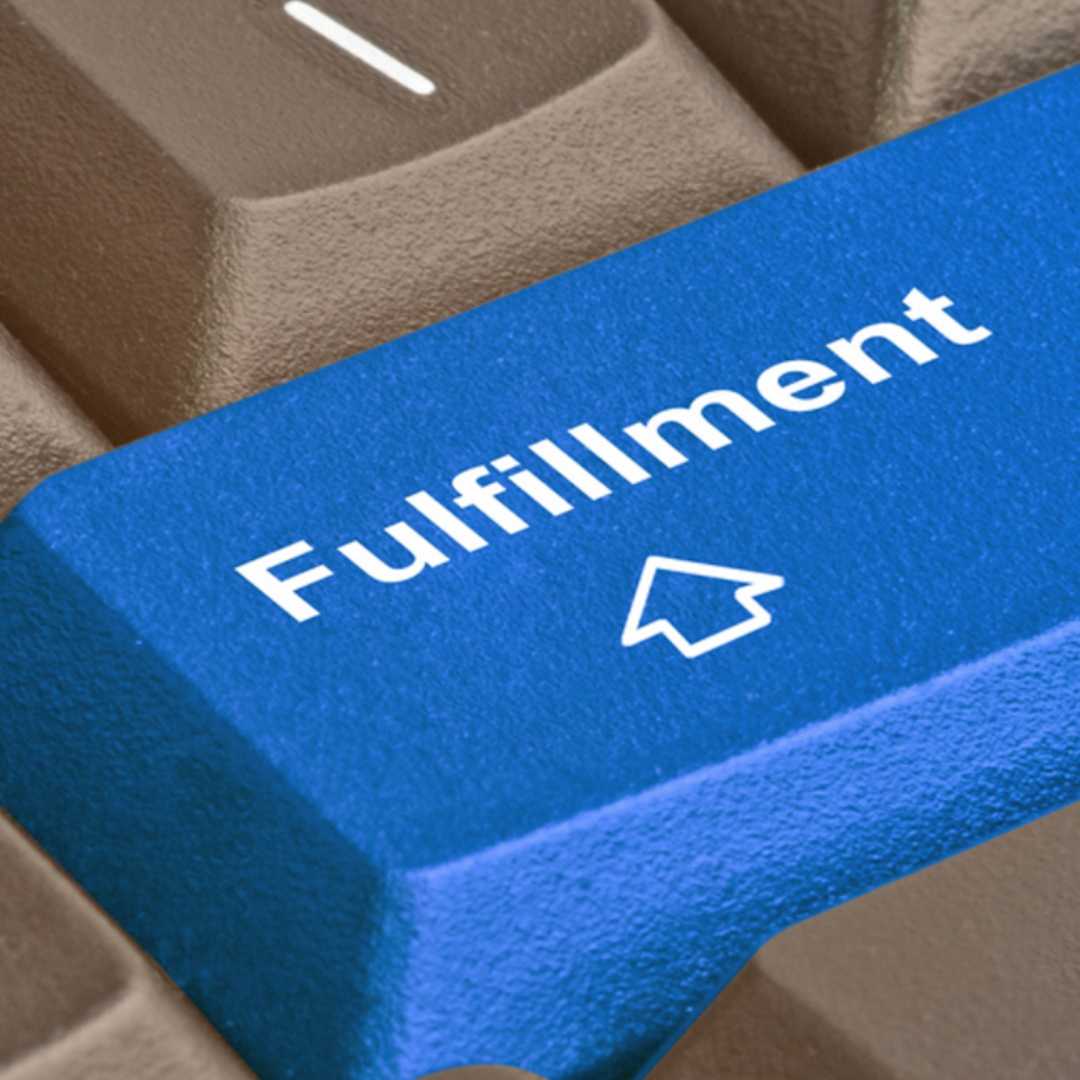If there’s one shining light guiding e-retailers in an industry both fueled and marred by the details, it’s to focus on the customer experience. Though everything technically affects the customer experience to some degree, nothing plays a central role in satisfying customers more than the fulfillment process.
So it makes sense that these four fulfillment details to look for in 2019 all directly enhance customer satisfaction and shopping convenience.
Let’s learn more about what’s in store for this year and beyond.
Heavy Investments in AI and Automation
It’s clear that fast and affordable shipping is the new standard in fulfillment. But for retailers to meet these standards they’ll have to achieve automation at scale — things like robot-operated warehouses, self-driving trucks, and drones. JD.com is one company after Amazon that’s investing heavily in these areas. The Chinese retailer’s already operating humanless warehouses of the future, and completed their first government-approved drone delivery in Indonesia in early January.
Meanwhile, DHL is investing $300 million to quadruple robots in their warehouses this year, and Uniqlo announced in late 2018 that they were investing over $770 million in automating its warehouse and distribution system. Top titans like Amazon, Walmart, Zappos, UPS, and FedEx already operate automated warehouses, but as long as the automation race is ongoing, so too will these companies’ developments.
Lenient Return Processes
Brands like Ikea, Amazon, Target, Walmart, Costco, Zappos and Nordstrom all have success in common, but they also have customer-friendly — some would say exceedingly lenient — return policies. These two things aren’t mutually exclusive.
Reverse logistics is an absolute mess for the typical online business — eating into profits and making operating margins hard to assess. Look for companies to develop better systems to facilitate returns, process returned products and improve their quality of shipping to reduce the number of defective goods. This will coincide with brands adopting more lenient returns policies, as well as leading with them in their promotional tactic. After all, this is a great way to acquire new customers, curb cart abandonment rates and increase average order value. Of course, brands will need to take measures to address fraud and/or abuse as they change their terms and conditions.
Subscription-Based Ordering for Everyday Products
Regardless of how material we are, we all use and need certain products on a daily basis. The thought of not having any toothpaste left before going to sleep, running out of toilet paper at the wrong time, or not have any groceries in the house when you want to prepare a meal is certainly offputting. This is why the subscription e-commerce market has grown by more than 100 percent per year over the past five years.
While subscription e-commerce is nothing new (we all remember Dollar Shave Club’s viral takeoff), we’ve seen other gems like Blue Apron and Birchbox come about in recent years. We’ll continue to see more of these subscription-based models, as well recurring order options and monthly boxes for everyday items offered by stores ranging from those that sell beauty products from home to big-name brands. Consumers, always looking for more convenience and less ‘one-off’ errands will respond positively.
Checkout-Free Retail
While automation at scale will need to occur to power what’s growing steadily into a $5 trillion global market, it’s unlikely some customers will ever be satisfied with delivery timeframes. Further, complications like package theft and damage in transit aren’t going away overnight. This sets the table for a lot more check-out free retail stores. Amazon Go’s experiment appears to be successful, with allegedly thousands more to come.
As Forbes notes, plenty of other retailers are getting involved as well — this includes GoodHousekeeping Lab via their Mall of America pop-up shop, Alibaba’s supermarket chain Hema, as well as Bingobox and AVA Retail. Meanwhile companies like Zippin, Standard Cognition and Trigo are providing the solutions to accomplish this.
Checkout-free stores will be the ultimate commercial win-win. Retailers deal with less payroll, less inventory, and less theft, while consumers get unobstructed convenience in their shopping experiences.
And, while the first examples we’re seeing are on a small, convenience-type level, in-person transactions of all sorts will shift accordingly—creating the need for micro-warehouses (think Ikea) that can serve both front and back-end operations.
Don’t expect all these details to bleed into every consumer experience shortly, but this year will mark a pivotal wave of progress for each of these areas.






